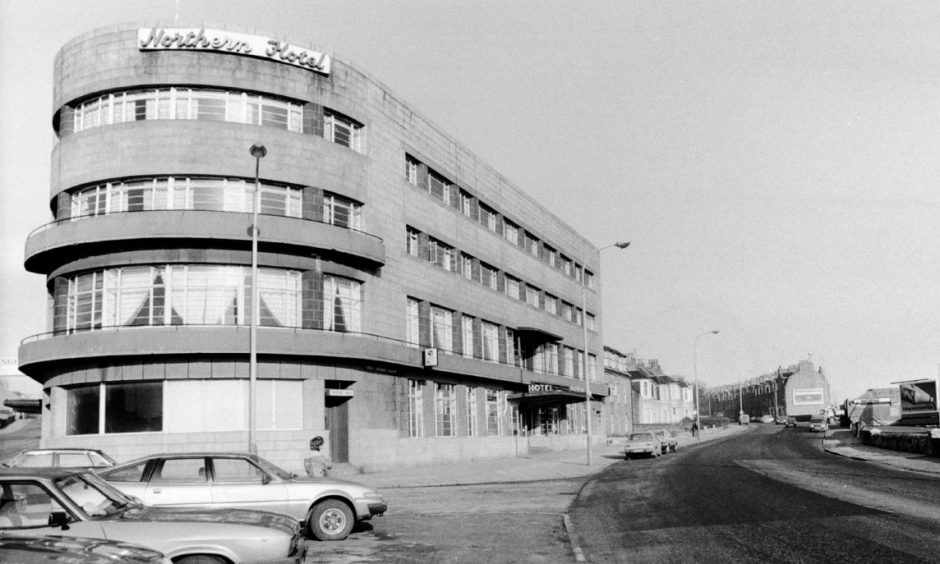
When it opened, The Northern Hotel with its decadent Art Deco architecture was the “most fashionable hotel in north-east Scotland”.
It was at the “forefront of the changes in Scottish society following WW1” and became a building beloved by Aberdonians.
To this day, it remains a landmark building in Great Northern Road in the Kittybrewster area of Aberdeen.
Art Deco never goes out of style, and its curved lines and windows look as striking and modernist as they did 85 years ago.
Many Aberdonians will have connections with the hotel, which has hosted countless weddings, parties and celebrations over the decades.
But sadly it closed for good in November 2022 amid rising energy costs.
Original Northern Hotel burned down in dramatic fire in 1938
The familiar Art Deco facade of the Northern Hotel in Kittybrewster replaced an earlier incarnation of the hotel on the same site.
The original Northern Hotel dated back to Victorian times, but it burned down on April 2 1938.
It was a dramatic blaze in the early hours of the morning as guests slept, and made headlines across Britain.
The fire originated in the dance hall at the back of the main building, cutting off the stairway.
Guests fled, but 12 of them were trapped in the upper floors until firemen could rescue them, still wearing their bedclothes.
The fire was devastating and ripped through the hotel accommodation leaving it roofless and exposed.
A few days after the inferno, the directors, management and staff of the hotel placed an advert in the Press and Journal to “express their appreciation of the prompt and invaluable services of the Aberdeen Fire Brigade and the Aberdeen City Police on the occasion of the fire”.
They also thanked neighbours and residents for helping, but it was not enough to save The Northern Hotel.
The Northern Hotel rebuilt in ‘continental style’
The most damaged parts of the building were demolished and it was decided to rebuild it in ‘the continental style’.
However, the dining hall and bar continued to remain open to the public throughout the reconstruction work.
The continental style is better known as the Art Deco movement, which began in the 1920s and continued to flourish throughout the 1930s and ’40s.
The era influenced a distinct architectural style featuring geometric patterns, curved windows, bold lines and streamlined, nautical shapes.
At that time, the Astoria Cinema stood across the road from The Northern Hotel and it was also a striking Art Deco building.
Architect AGR Mackenzie of A Marshall Mackenzie & Son designed the new The Northern Hotel in December 1938.
Mackenzie was a renowned and respected architect in the city, who started studying at Gray’s School of Art aged 10 in 1889.
He was very keen to adopt the continental style, and the result was the very epitome of the Art Deco movement.
Its iconic facade of concrete and granite resembled a liner with its curved walls, balconies and suntrap Crittall windows.
Inside, it carried Deco details through fittings and furnishings.
Other features of the new building included two reception suites – one ballroom in the ‘cinema style’ was big enough to accommodate 200 people.
While two floors contained 21 and 23 bedrooms respectively.
The building work was finished in the early years of the Second World War, with the hotel fully open by 1942.
The Northern Hotel in wartime
But being a tall building, the hotel had an important role in the war years in air raid precautions, due to its proximity to Kittybrewster Railway Station.
However, this also put the building at risk from aerial bombardment.
Government orders made it compulsory for owners of commercial premises to have fire watchers on duty at all times.
Fire watchers had to monitor the skyline, alert the fire service to any blazes they did spot, and in some cases had to smother bombs with sandbags and extinguish fires.
One night in 1941, barman and fire watcher George Davidson was on fire duty on the roof of the Northern Hotel when he accidentally fell to his death.
Amid the tragedy of war, the hotel remained a popular spot for staying and socialising.
It also hosted lots of weddings, as soldiers returned home on leave to marry their sweethearts.
While some of its staff weren’t so lucky, the building survived the war years relatively unscathed. And it hosted a repatriation event for prisoners of war.
Frequented by farmers at nearby mart, and how it got its A-listing
Part of the hotel’s success was attributed to the fact it was so close to the railway.
In fact, its regular clientele lived in the countryside and weren’t city dwellers.
Rural communities in Garioch and Formartine could easily travel there thanks to the railway lines from Aberdeen to Inverness, and Fraserburgh/Peterhead.
And the hotel remained the go-to venue for functions and societies to meet throughout the 1960s and ’70s.
Historically, it was also a popular spot for farmers and customers of the nearby Kittybrewster cattle mart.
In April 1987, despite its fading grandeur, the building was B listed as a particularly fine example of Art Deco architecture.
Historic Scotland upgraded it to category A listing in 1990 reflecting its importance.
Hotel was previously student halls in 1990s
But in June 1992, the University of Aberdeen announced it had bought the hotel to provide student accommodation.
In the early ’90s there was an accommodation crisis for students in Aberdeen, which had seen some put up in hotels in Stonehaven.
The shortage was so acute, that some students had to sleep in a library, while others bedded down in TV lounges and coffee rooms.
It was proposed the hotel would provide room for 102 students and be run as “a traditional halls of residence”.
But being such an important building in the local community, the university said it still wanted parts of the hotel to be open to the public.
It opened to students after a £1.25 million investment, and the university’s Professor Maxwell Irvine said: “Steps are being taken to preserve the Art Deco features of the hotel in spite of the additional costs which will be incurred.”
Most original Art Deco features lost
The Northern Hotel was back on the market for £1.3 million just a year later, and passed back into private ownership.
In the years that followed, the building went back into use as a hotel.
But like many businesses, the hotel struggled with the Covid pandemic, and became financially unviable.
While virtually unchanged externally, unfortunately, subsequent upgrades have seen internal Art Deco features disappear from bedrooms and service areas.
A heritage statement for the planning application emphasises the cultural significance of the hotel in Aberdeen.
It sadly states “it is no longer possible to experience the place as first designed” due to the loss of “almost all of its internal fixtures and fittings”.
Although, the ballroom retains its spectacular “swirling” ceiling featuring undulating curves as a surviving detail.
An important and rare surviving inter-war hotel
The Northern Hotel is now considered a rare, remaining Art Deco hotel of the inter-war years.
In his report, heritage consultant and surveyor Ian Mitchell Davidson, said: “The construction of the hotel showed the city to be somewhat in advance of architectural style in Scotland and at the forefront of the changes in Scottish society following WW1.”
He adds: “It is, externally, an important, well-designed example of 1930s architectural style and form.
“It remains, even in its altered and dilapidated condition a place where the people of Aberdeen remember their heritage and community.”
During future alterations conservators would like to see the more modern, inappropriate materials removed to protect the fabric of the building.
While it’s hoped if any part of the original semi-circular bar is discovered during renovations that it can be saved and incorporated, although the plan is to turn the ballroom in bedrooms.
If you enjoyed this, you might like:
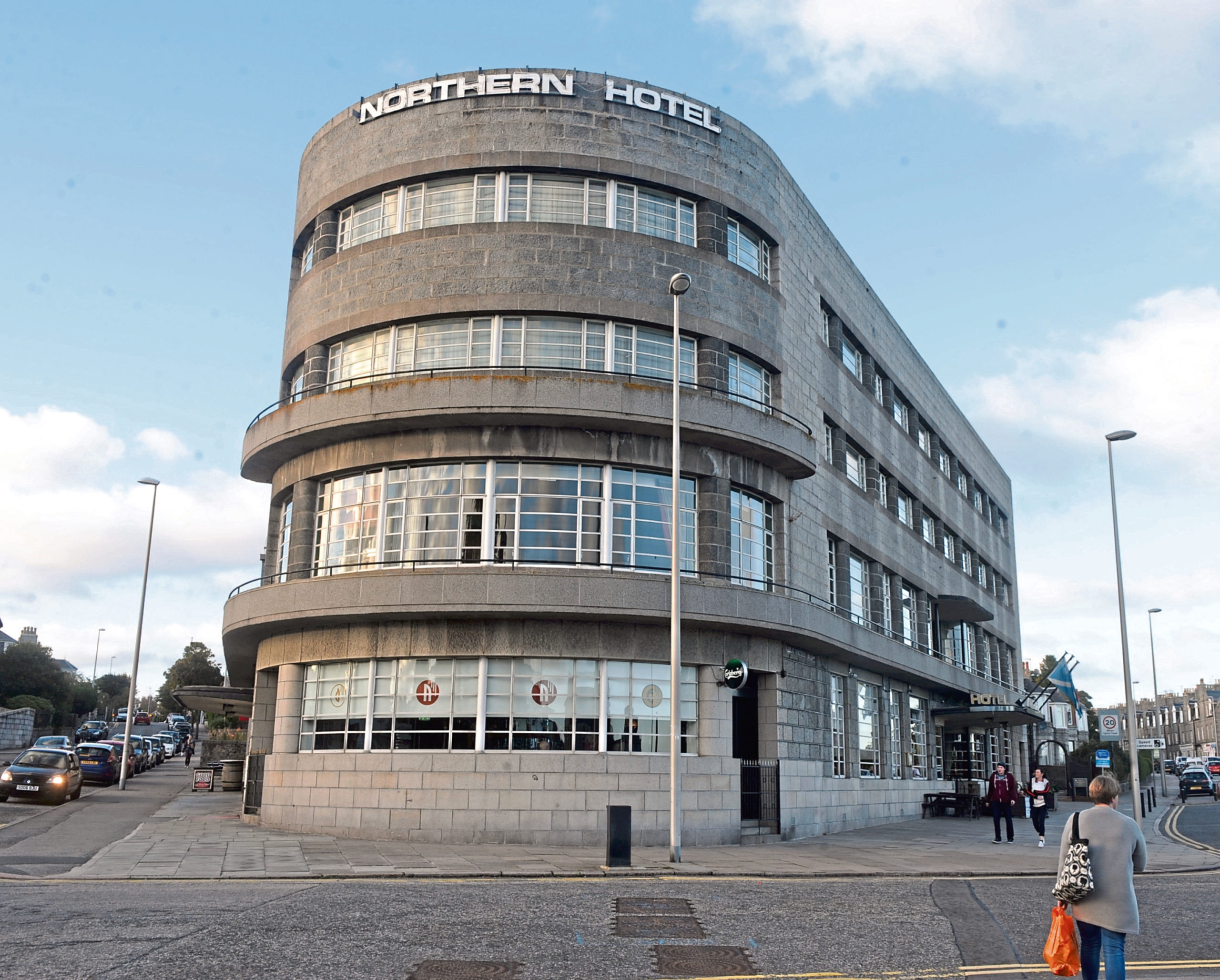
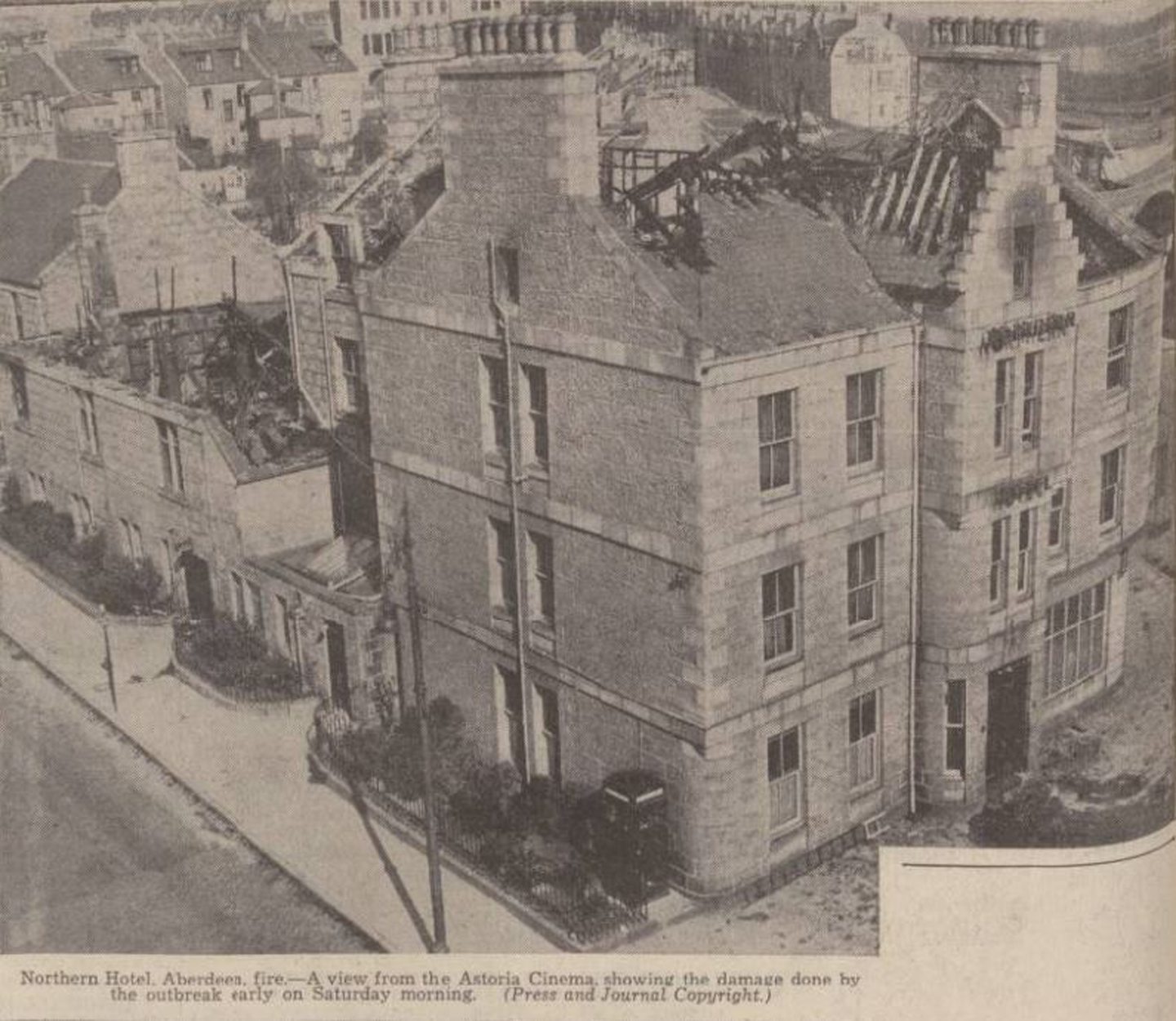
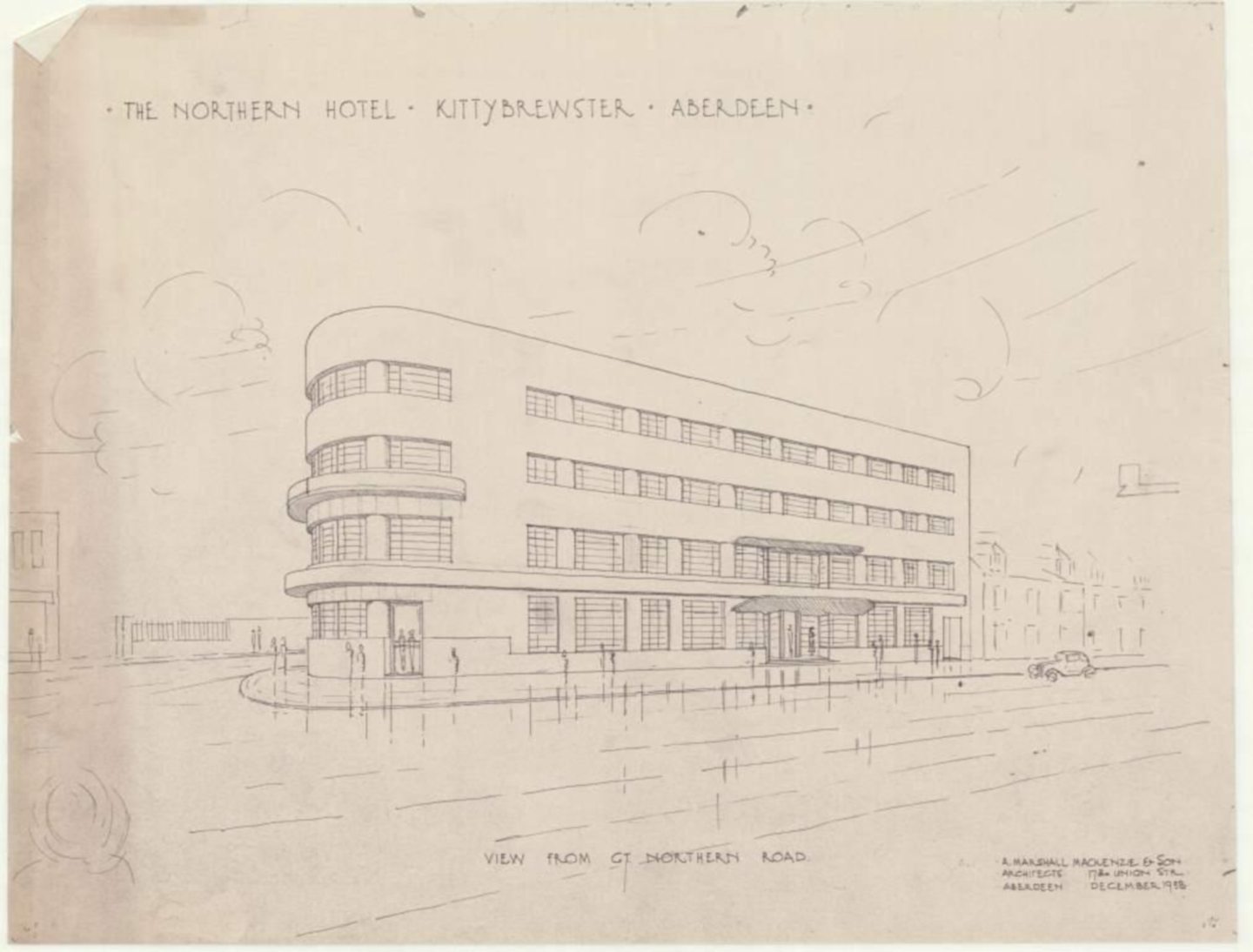

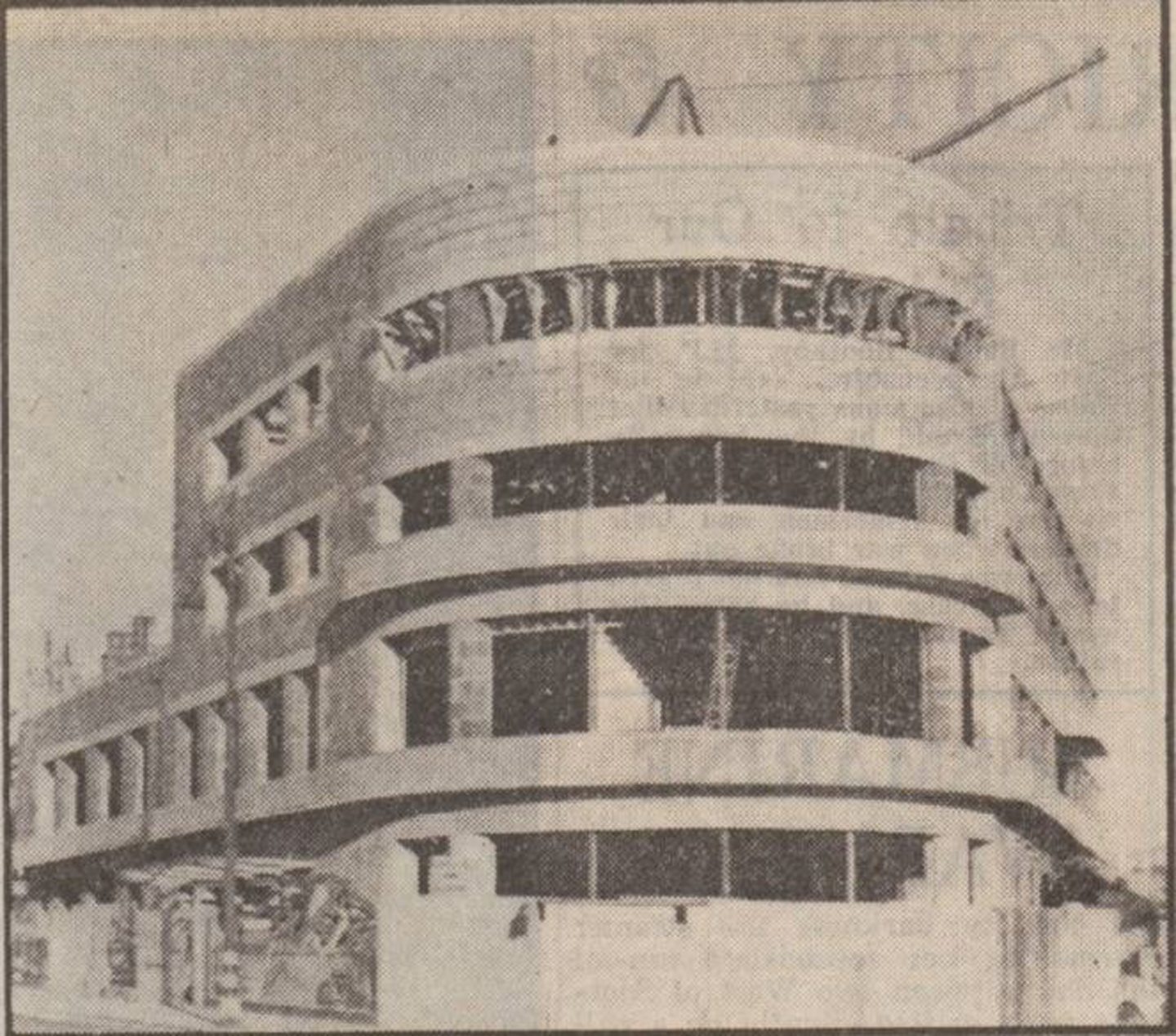
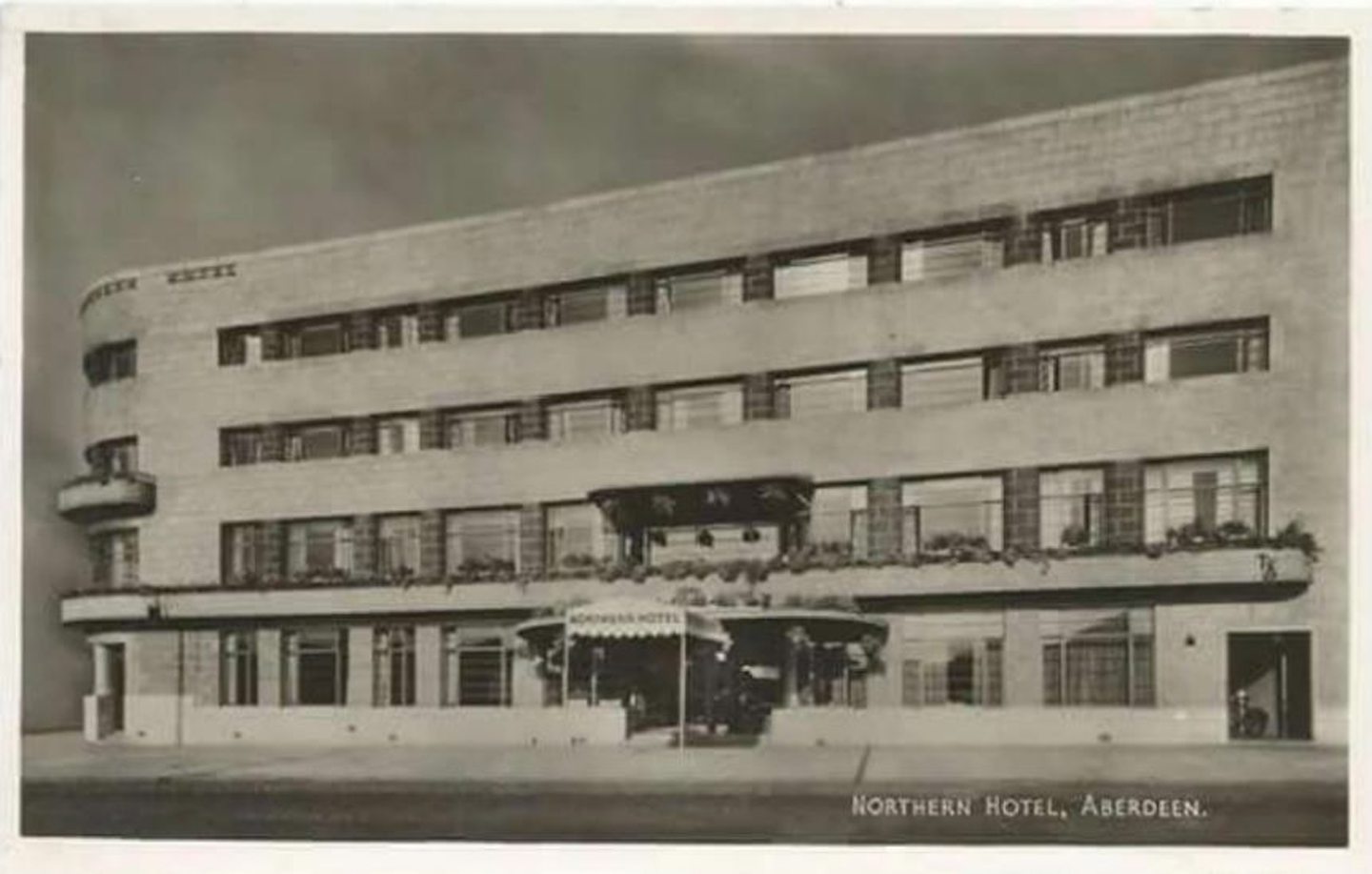
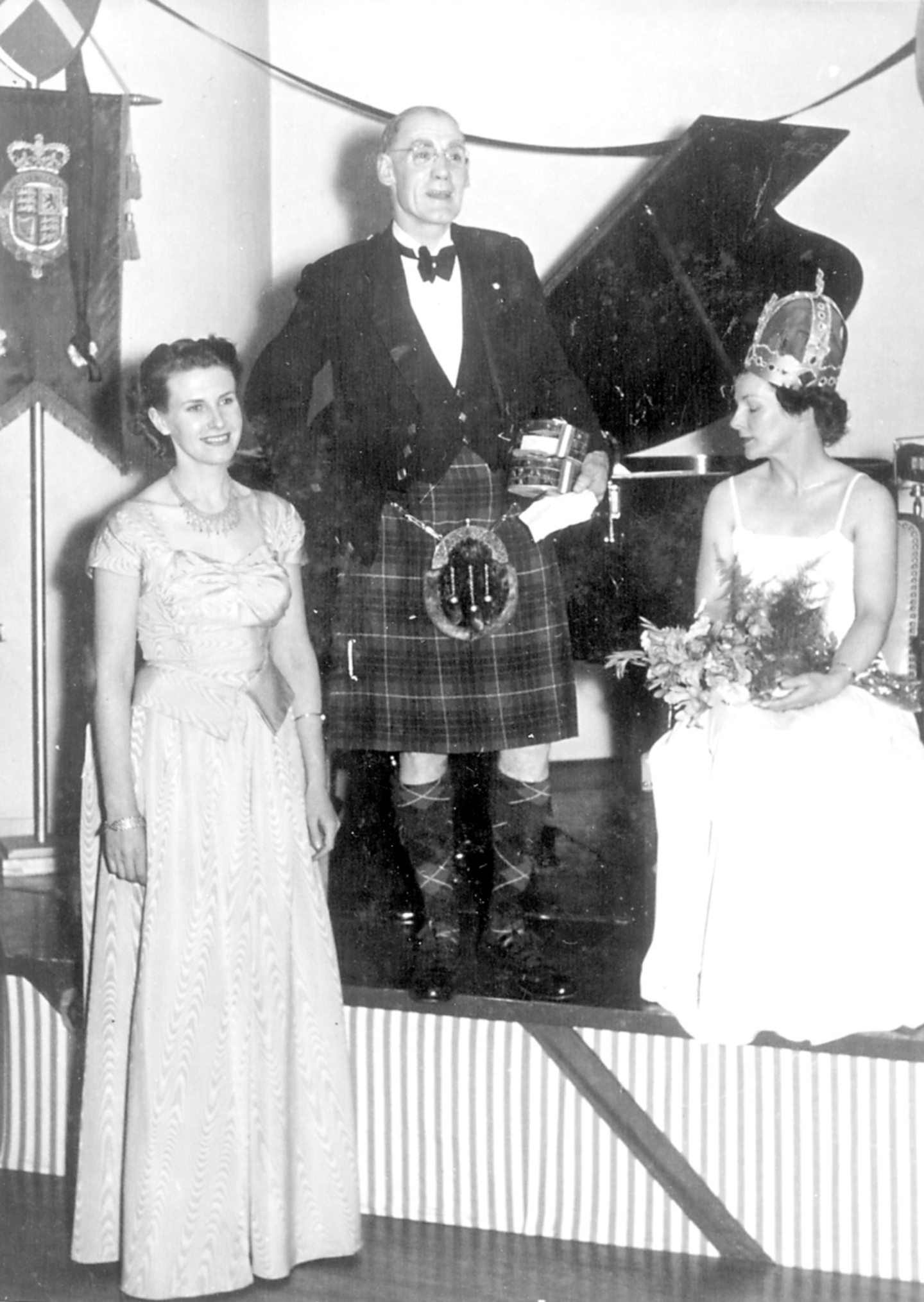
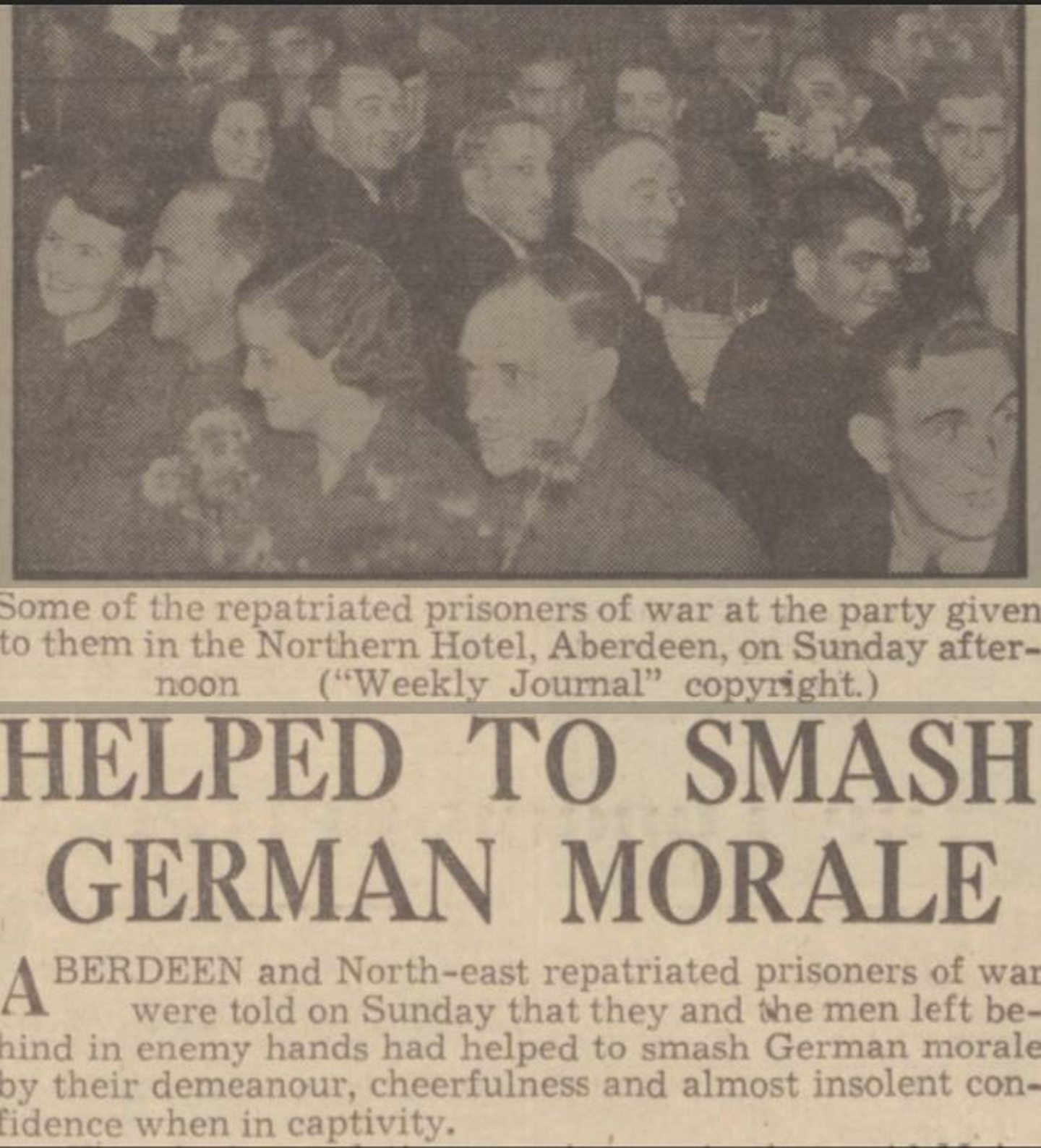
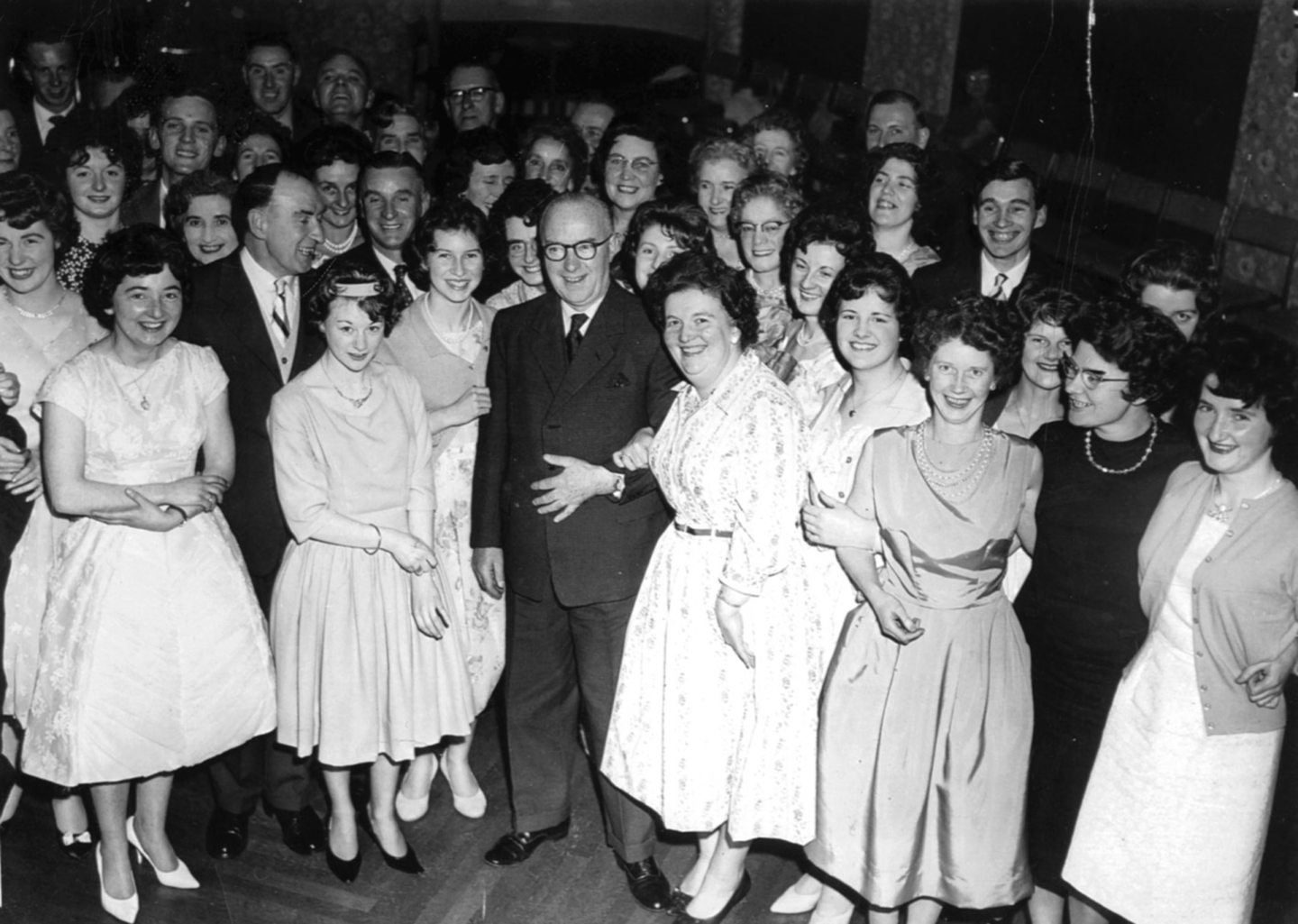
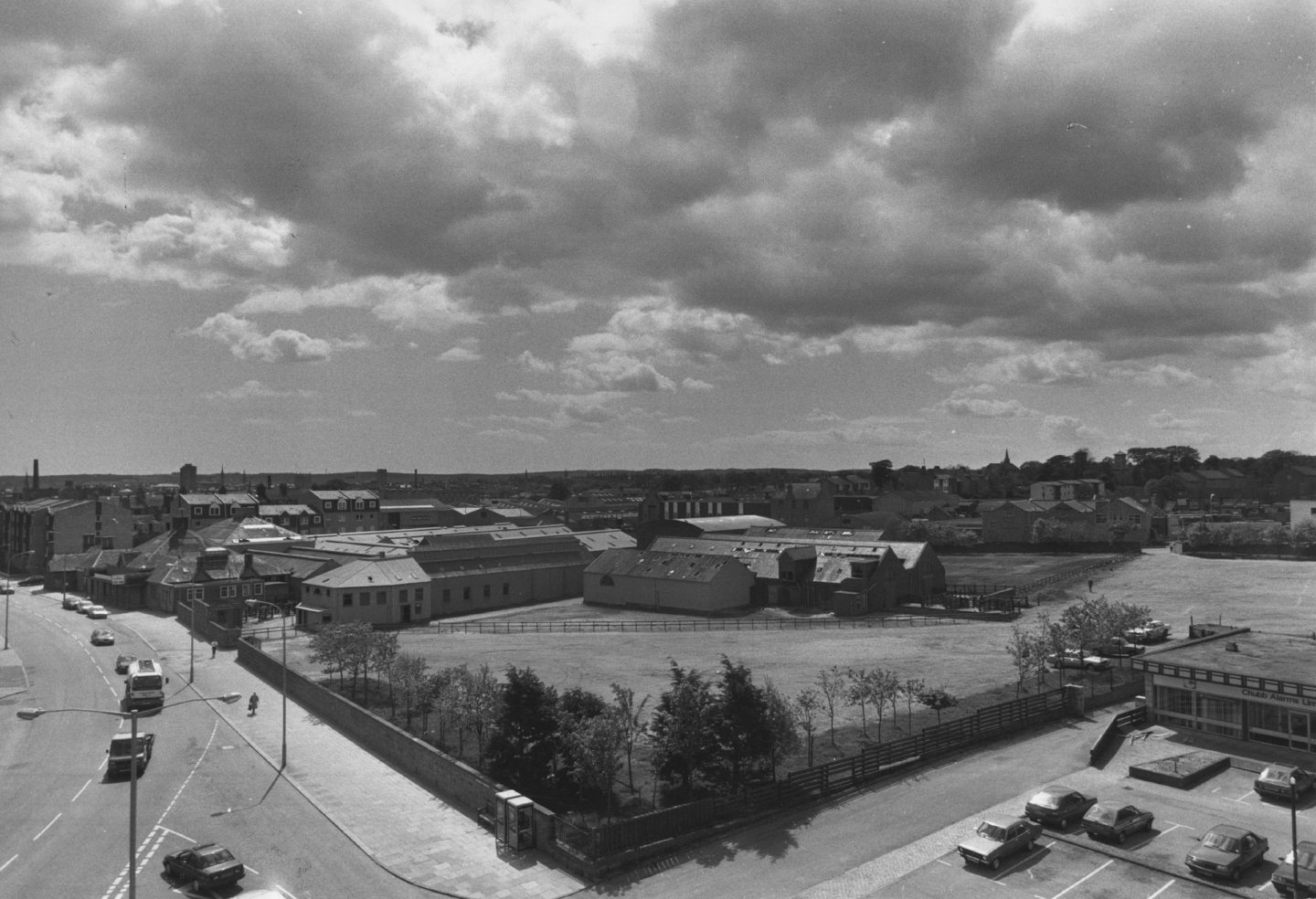

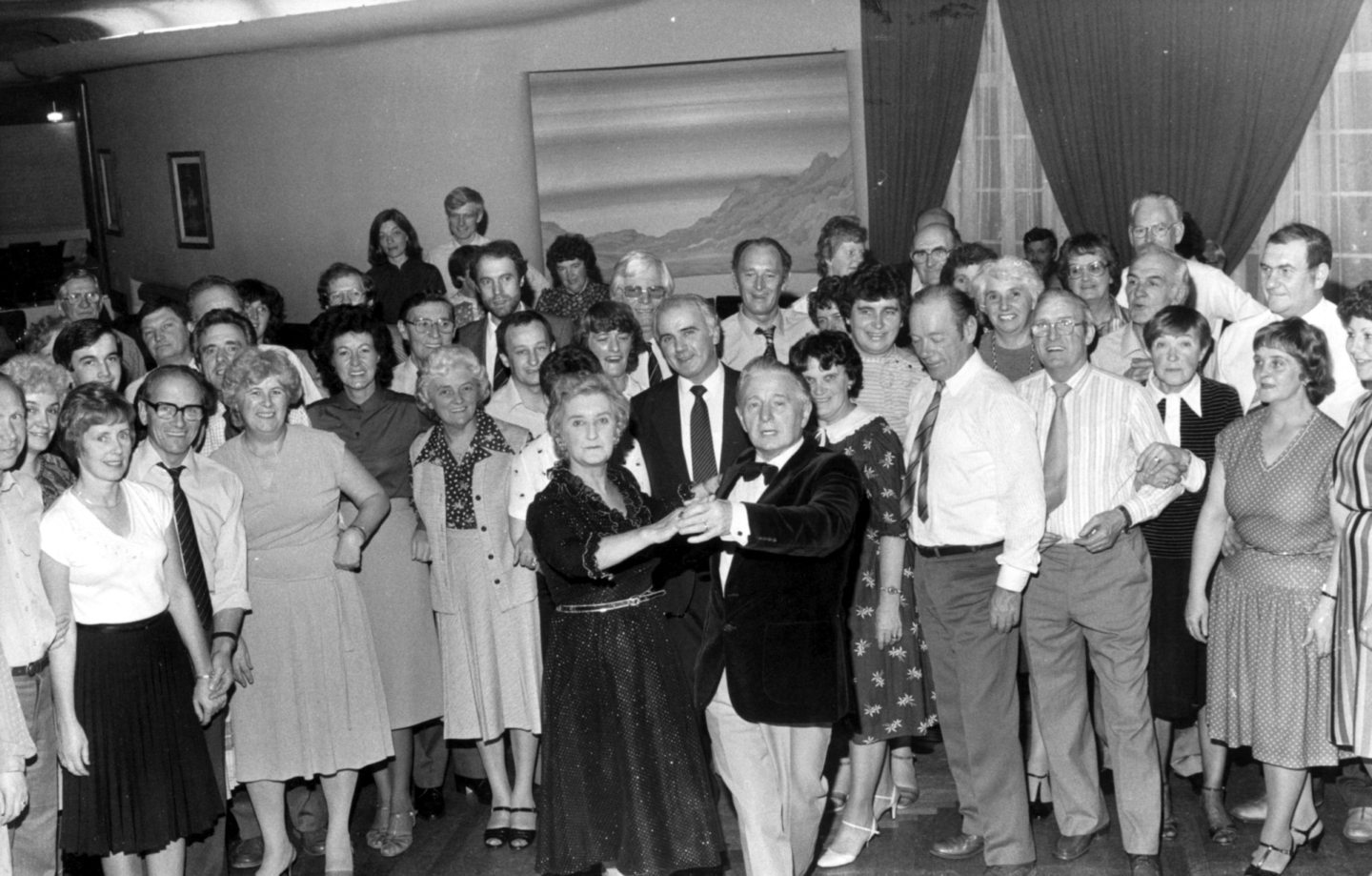
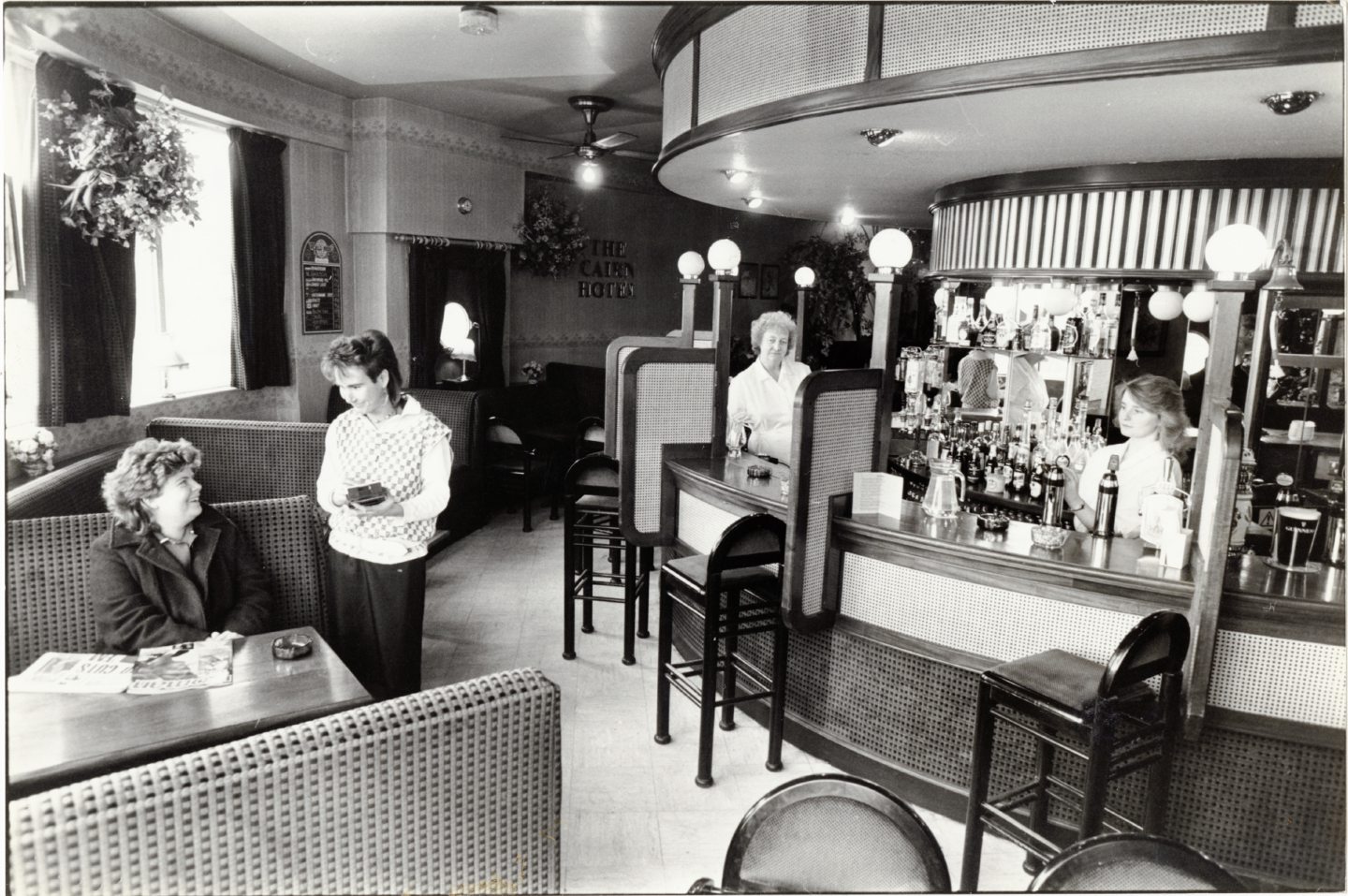
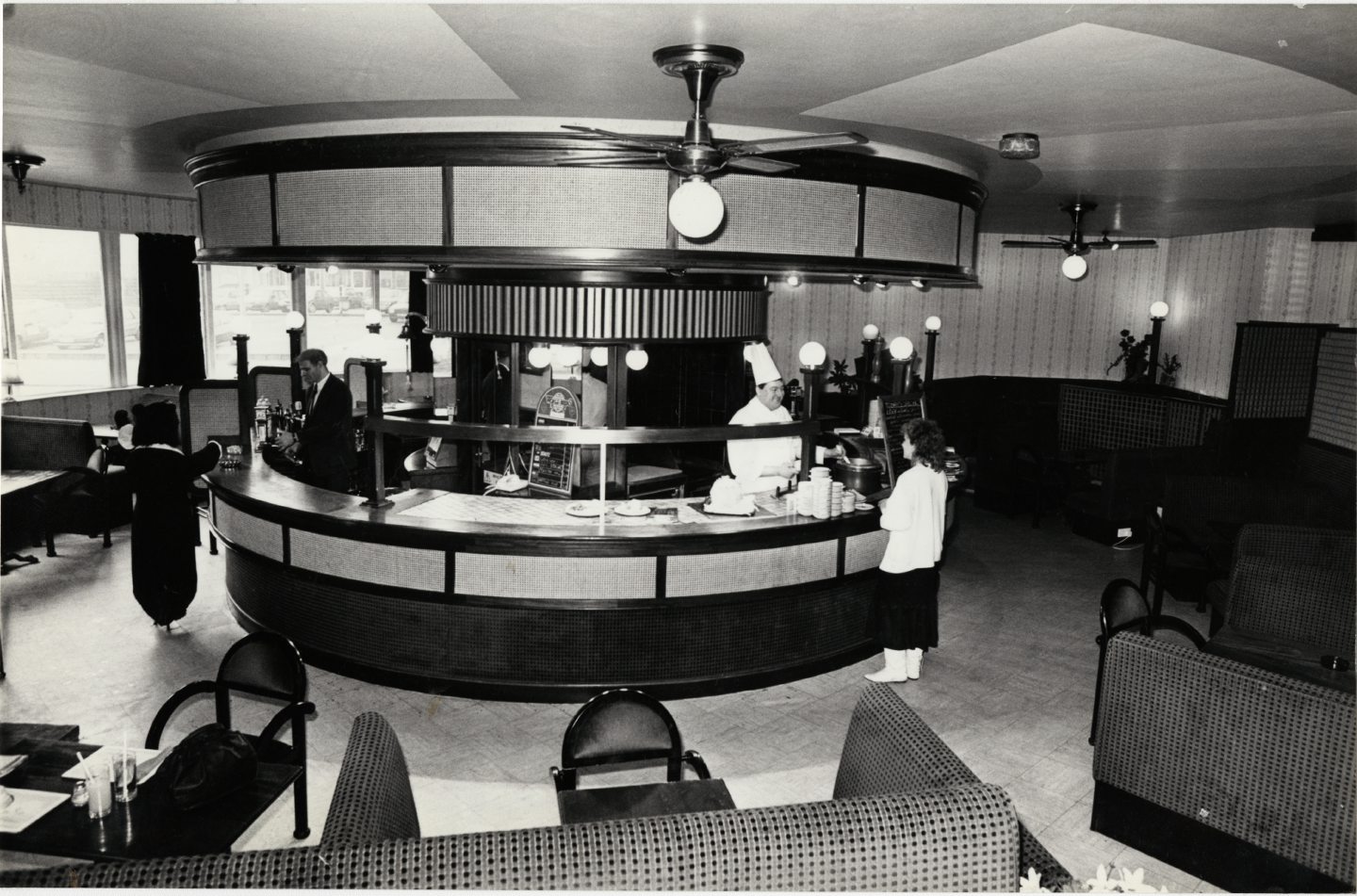
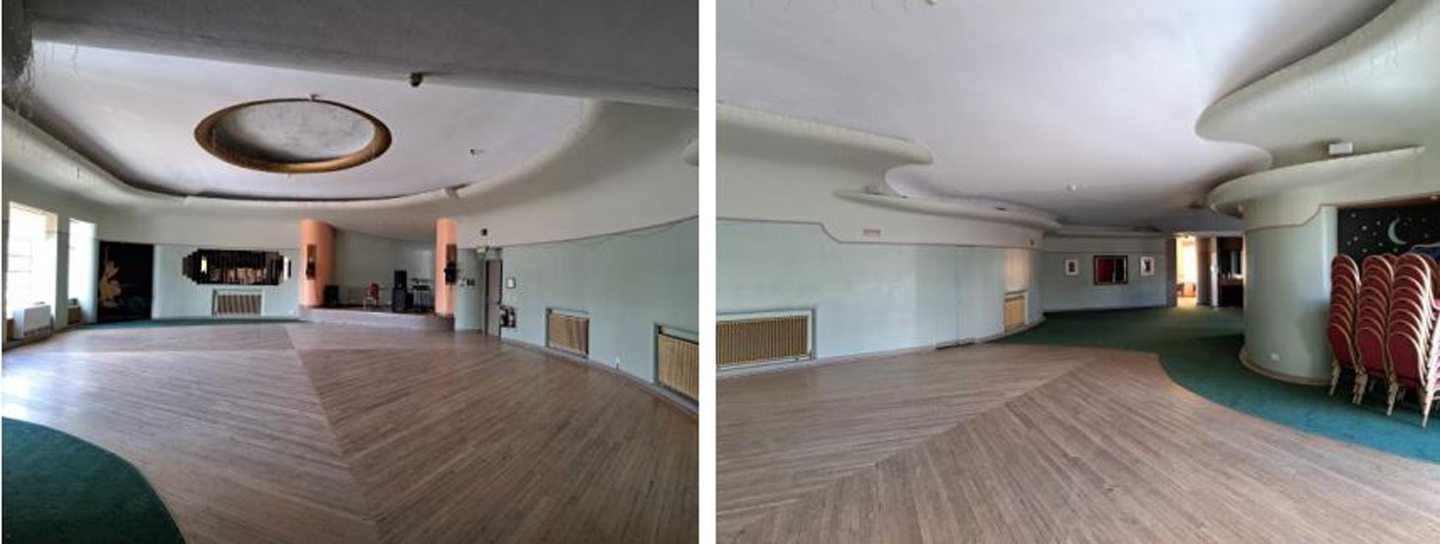
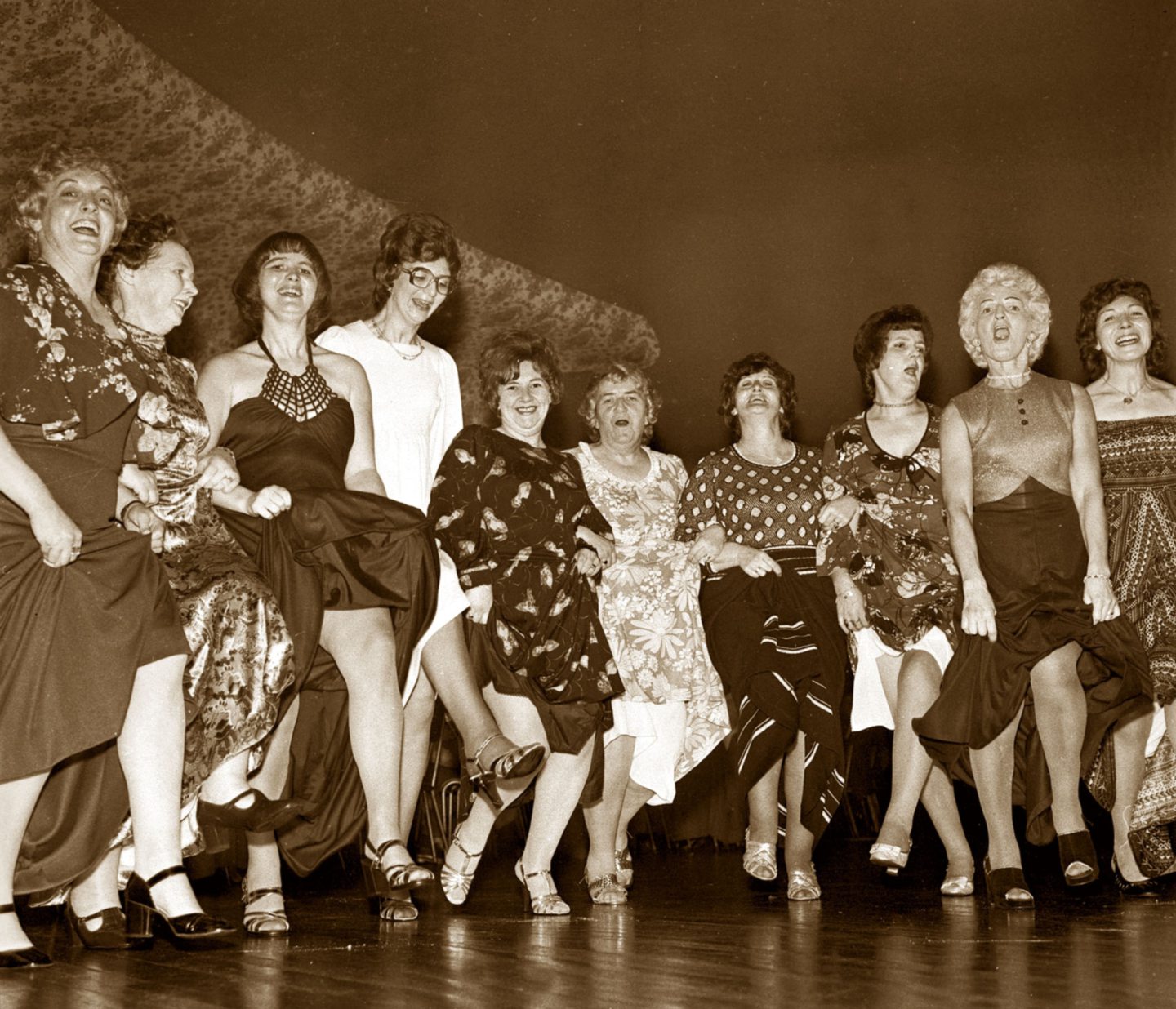
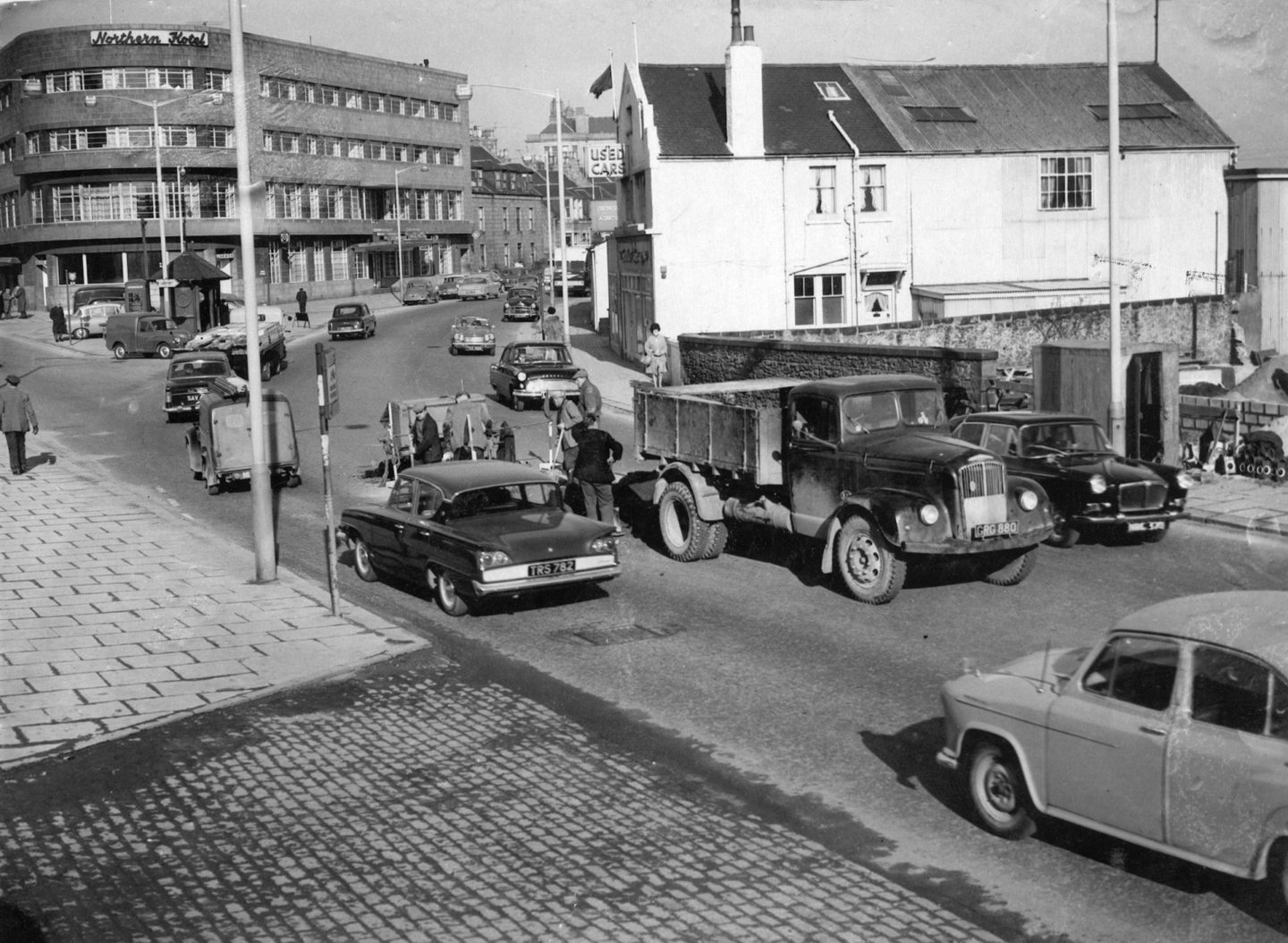
Conversation